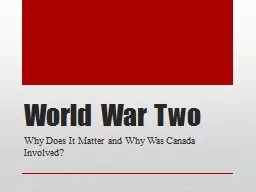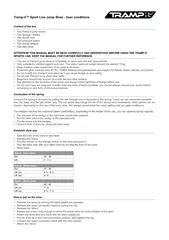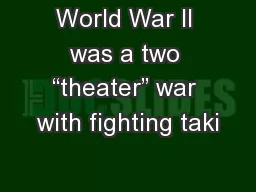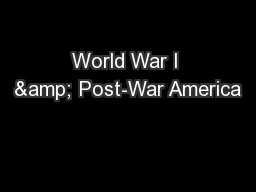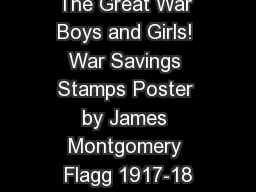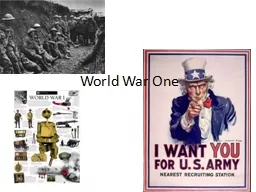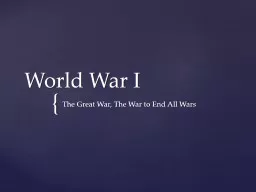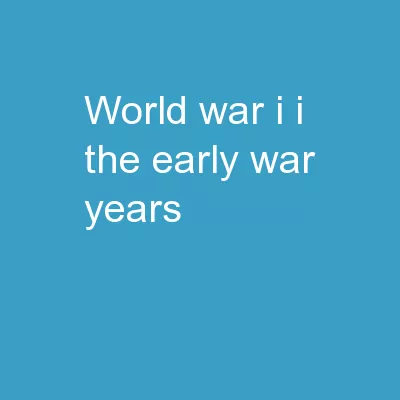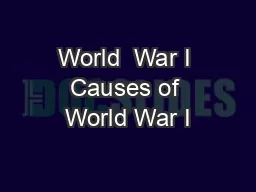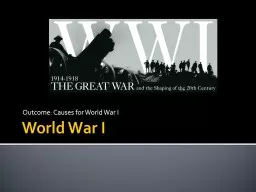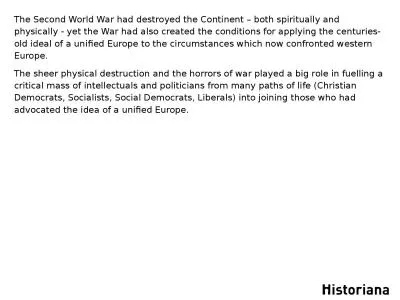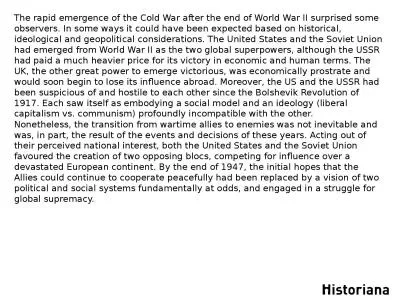PPT-World War Two
Author : giovanna-bartolotta | Published Date : 2016-11-20
Why Does It Matter and Why Was Canada Involved WHY DOES WORLD WAR TWO MATTER Most Violent Human Conflict in History 6080 million people died during the Second World
Presentation Embed Code
Download Presentation
Download Presentation The PPT/PDF document "World War Two" is the property of its rightful owner. Permission is granted to download and print the materials on this website for personal, non-commercial use only, and to display it on your personal computer provided you do not modify the materials and that you retain all copyright notices contained in the materials. By downloading content from our website, you accept the terms of this agreement.
World War Two: Transcript
Download Rules Of Document
"World War Two"The content belongs to its owner. You may download and print it for personal use, without modification, and keep all copyright notices. By downloading, you agree to these terms.
Related Documents

